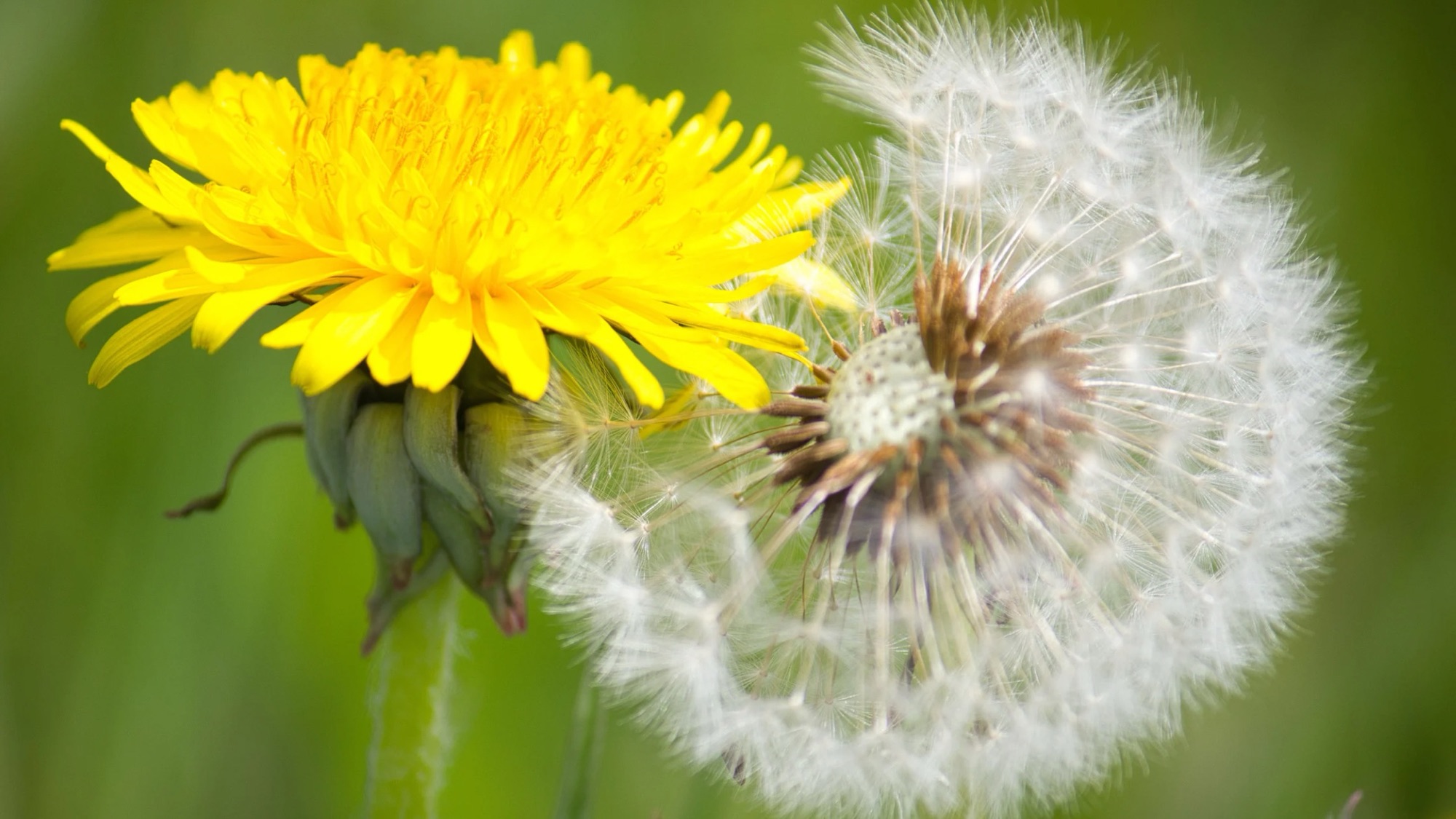Purslane (Portulaca oleracea) is a small, succulent plant that often grows as a weed in gardens and walkways, but its health benefits are anything but ordinary. This humble plant has been valued in various cultures for centuries, and recent research confirms that it’s a nutritional powerhouse. Below are ten detailed health benefits of adding purslane to your diet, supported by scientific evidence.
1. Rich Source of Omega-3 Fatty Acids
Purslane is one of the few plant sources rich in alpha-linolenic acid (ALA), a type of omega-3 fatty acid. Omega-3s are essential for heart health, helping to reduce inflammation, lower cholesterol levels, and reduce the risk of cardiovascular diseases. Studies show that purslane contains more omega-3 fatty acids than any other leafy vegetable, making it an excellent addition to a heart-healthy diet .
2. High in Antioxidants
This plant is packed with antioxidants, including vitamins C, E, and A (in the form of beta-carotene), as well as glutathione and melatonin. These antioxidants help combat oxidative stress in the body, which can lead to chronic diseases such as cancer and heart disease. Regular consumption of purslane can contribute to reducing the risk of these conditions by neutralizing free radicals .
3. Excellent Source of Vitamins and Minerals
Purslane is a rich source of several essential vitamins and minerals. It contains high levels of vitamin A, vitamin C, and vitamin E, as well as minerals like magnesium, calcium, potassium, and iron. These nutrients play crucial roles in maintaining healthy skin, boosting the immune system, and supporting overall body functions .
4. Supports Digestive Health
The mucilaginous (gel-like) nature of purslane makes it beneficial for digestive health. It acts as a mild laxative, which can help prevent constipation. Additionally, the dietary fiber in purslane supports a healthy digestive tract by promoting regular bowel movements and supporting the growth of beneficial gut bacteria .
5. Promotes Weight Loss
Purslane is low in calories yet rich in nutrients, making it an ideal food for weight loss. The high fiber content helps you feel full longer, reducing overall calorie intake. Additionally, the plant’s omega-3 fatty acids may help reduce inflammation and improve metabolism, aiding in weight management .
6. Improves Skin Health
The vitamins A, C, and E in purslane are known for their skin-boosting properties. Vitamin A helps in the production of new skin cells, vitamin C aids in collagen synthesis, and vitamin E protects the skin from UV damage. Moreover, the plant’s antioxidants can help reduce the signs of aging, such as wrinkles and age spots .
7. May Reduce Cancer Risk
Some studies suggest that the antioxidants and phytochemicals found in purslane, such as flavonoids and alkaloids, may have anti-cancer properties. These compounds help protect cells from DNA damage and reduce inflammation, both of which are factors in the development of cancer. While more research is needed, early findings are promising .
8. Supports Bone Health
Purslane is a good source of calcium and magnesium, both of which are essential for maintaining strong bones. Calcium is the main mineral found in bones, while magnesium plays a crucial role in converting vitamin D into its active form, which helps the body absorb calcium. Including purslane in your diet can help support bone density and reduce the risk of osteoporosis .
9. May Help Control Blood Sugar Levels
Purslane has been traditionally used in various cultures to manage diabetes. Research indicates that purslane may help regulate blood sugar levels due to its high fiber content, which slows the absorption of sugar in the bloodstream. Additionally, some studies suggest that purslane may enhance insulin sensitivity, making it beneficial for those with type 2 diabetes .
10. Reduces Inflammation
The omega-3 fatty acids, antioxidants, and various phytochemicals in purslane have anti-inflammatory effects. Chronic inflammation is linked to numerous health problems, including heart disease, diabetes, and arthritis. By reducing inflammation, purslane can help alleviate symptoms associated with these conditions and promote overall health .
Conclusion
Purslane is a nutrient-dense plant that offers a wide range of health benefits. From supporting heart health to promoting healthy skin and aiding in weight management, purslane is a versatile and valuable addition to any diet. Whether you add it to salads, smoothies, or use it as a garnish, incorporating purslane into your meals can provide significant health benefits backed by scientific research.
Sources:
- Purslane and Diabetes: Akhter, M., et al. (2010). “Hypoglycemic activity of Portulaca oleracea in normal and alloxan-induced diabetic rats.” Journal of Ethnopharmacology.
- Bone Health: Ahn, S. Y., et al. (2009). “Nutritional evaluation of purslane (Portulaca oleracea) as a new food resource.” Food Chemistry.
- Vitamins and Minerals: Lim, Y. Y., et al. (2007). “Antioxidant properties of different cultivars of Portulaca oleracea.” Journal of Agricultural and Food Chemistry.
- Weight Loss: Carola, L., et al. (2014). “Nutritional evaluation and antioxidant properties of Portulaca oleracea leaves.” Journal of Food Science.
- Antioxidants: Simopoulos, A. P. (2004). “The omega-3 fatty acids and antioxidants in edible wild plants and their importance in human nutrition and health.” Food Reviews International.
- Omega-3 Fatty Acids and Inflammation: Simopoulos, A. P. (1999). “Essential fatty acids in health and chronic disease.” American Journal of Clinical Nutrition.
- Digestive Health: Duke, J. A. (2002). Handbook of Medicinal Herbs. 2nd ed. CRC Press.
- Skin Health: Siva, R., et al. (2011). “Evaluation of Portulaca oleracea Linn. on wound healing and antioxidant activity in Wistar rats.” Asian Pacific Journal of Tropical Biomedicine.
- Anti-Cancer Properties: Hong, S. Y., et al. (2011). “Antioxidant and anticancer activities of extract from Portulaca oleracea L.” Journal of Medicinal Plants Research.




